
Article contents

The best pension scheme you set up yourself is PensionBee – their experts handle everything for you, it’s easy to use, low cost and has a great track record of growing money over time. Beach is another great option, offering pensions and savings accounts like ISAs. If you prefer to manage your own investments, try InvestEngine.
Saving for retirement and looking for the best pension? Or, haven’t started saving into a pension yet? (Tip: get started today, your future self will thank you!).
Either way, we’ve researched and reviewed the best pension schemes in the UK to make your life that little bit easier. Here they are:
Where the experts handle the investments, you put your feet up.
We recommend PensionBee, it’s easy to set up and use, low cost, with simple, easy to understand pension plans.
Get £50 added to your pension



PensionBee is our recommended provider – they’ve thought of everything.
Their 5 star rated app (and website) makes it easy to set up and use. You can open a brand new pension, or transfer your existing pensions across (they’ll handle all the paperwork).
Simply pick from an easy to understand range of pension plans, and that’s it, the experts manage everything from there.
It’s low cost, with one simple annual fee. The customer service is excellent, and you’ll get a dedicated account manager for any questions you might have.

And, when the time comes to retire, withdrawing from your pension is easy too.
You can also use them if you're self-employed or a company director.
Great app



A great and easy to use pension. Add money from your bank or combine old pensions into one, (they’ll find lost pensions too).
The customer service is excellent, with support based in the UK.

Beach is an easy to use pension app (and easy to set up), where you just add money and the experts handle everything. It’s all managed on your phone with a great app, and you can see your total pension pot whenever you like.
If you’ve got lost or old pensions, Beach can also find them and move them over too, so you can keep all your retirement savings in one place, and never have to worry about losing them in future.
You’ll get an automatic 25% bonus on the money you add to your pension pot from your bank account (tax relief from the government), which refunds 20% tax on your income, and if you pay 40% or 45% tax, you’ll typically be able to claim the extra back too.
The pension plan (investments) are managed by experts, who are the largest investment company in the world (BlackRock). And they consider things like reducing climate change, meaning your savings could make the world a little better in future too.
You can also save and invest alongside your pension with an easy access pot (access money in around a week), designed for general savings, with the investments managed sensibly by experts too. And money made can be tax-free within an ISA.
Fees: a simple annual fee of up to 0.73% (minimum £3.99 per month).
Minimum deposit: £25
Customer service: excellent
Pros:
Cons:
We recommend PensionBee, it’s easy to set up and use, low cost, with simple, easy to understand pension plans.
Where you make your own investment decisions.
0% fees



InvestEngine is a super low cost investment platform allowing you to save and invest within a pension and an ISA, and with a great range of investment options.
There's no fees for an account, and no commission to buy and sell investments. And there’s a wide range of investment options, with over 700 investment fund options (ETFs only).
It's more than just low cost though, it’s pretty easy to use, there’s some great features to help you invest, and the customer service is excellent.
Minimum deposit: £100
Best for: those looking for a low cost platform with a range of fund options

• Easy to use
• Very low cost
• Commission-free
• Great range of ETFs
• Great customer support
• Only ETFs (but a wide range)
• No financial advice
Offers available



Interactive Investor is a well established company, and very popular.
Instead of paying a percentage of the investments in your account (like other investment companies), you’ll instead pay a fixed fee per month – and it’s pretty low, starting at just £5.99 per month for a pension (SIPP).
This makes it one of the cheapest SIPP providers out there, especially if you have a fairly sizeable amount within your pension (e.g. over £30,000).
On top of that, there’s a huge range of investment options (e.g. shares and funds) – one of the largest.
It's easy to use, and the website and app are great. The customer service is excellent too.
A great choice overall.




AJ Bell is well established, with a good reputation.
It's one of the cheapest SIPPs out there (charging a low annual fee).
There's a huge range of investment options – pretty much every investment out there (including both funds and shares).
The customer service is excellent too.
Overall, it's one of the best options for a SIPP.

We recommend PensionBee, it’s easy to set up and use, low cost, with simple, easy to understand pension plans.
Pensions are a bit complicated aren’t they? Don’t worry, we’ve done the research to find the best pension schemes in the UK.
We’ve focused on personal pensions schemes, which are pensions you can set up yourself, so you can choose which pension provider (company) you'd like to use, how much to pay in, and when to start withdrawing (as long as you’re over 55 years old).
The alternative is a workplace pension scheme, which is a pension your employer will open for you (if you’re employed). If you’re self-employed, a personal pension is your only option (but a great one). We’ll run through all the benefits below.
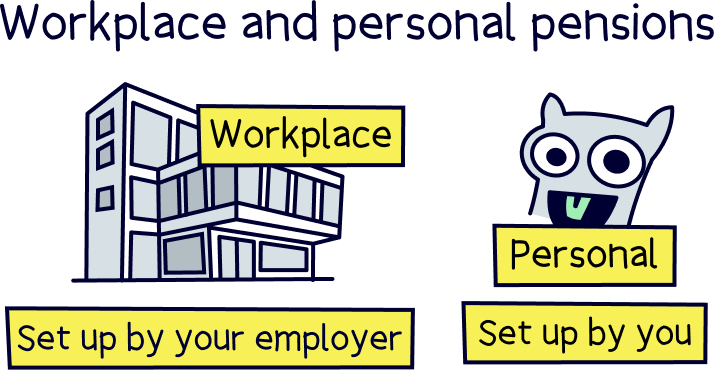
Note: both a personal pension and workplace pension are types of private pensions.
Anyway, here’s the criteria we used to determine the best personal pension schemes:
There’s a wide range of pension schemes in the UK, but we’re just showing you the very best ones. Ones we recommend to our friends and family, and use ourselves here at Nuts About Money. So, whichever pension scheme you opt for, you can be confident they’re one of the best out there.
A personal pension scheme is a pension designed for you to save into all by yourself, rather than through your work (which is called a workplace pension). They’re a great idea in addition to a workplace pension to help boost your pension pot, and build a nice big retirement income for when you’re ready to retire.
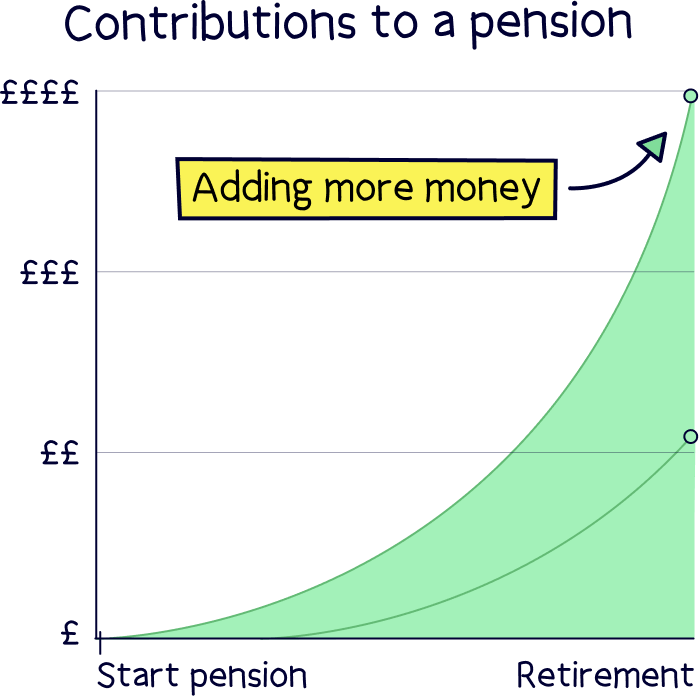
Nuts About Money tip: you’ll likely need a lot more in your pension than you think. A personal pension is a great way to boost your pension pot. Here’s how much you need in your pension pot.
A personal pension has some amazing benefits to help you save more. Firstly, you’ll get a massive 25% bonus from the Government every time you add money (we’re not joking!). This is to refund tax you’ve already paid on your salary and income. Technically, this is called Income Tax relief.
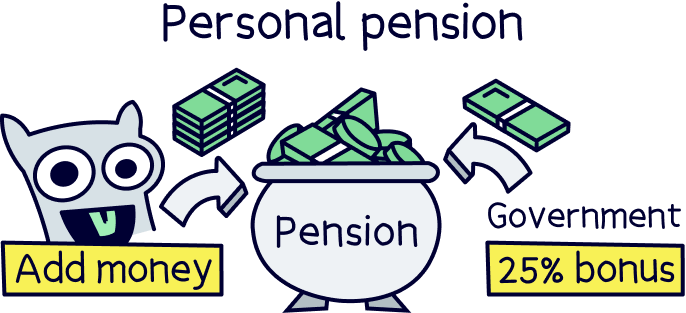
And, if you’re a higher rate taxpayer (40% tax), or additional rate taxpayer (45%) tax, you can claim back some tax you’ve paid at those rates too. You can do this on a Self Assessment tax return.
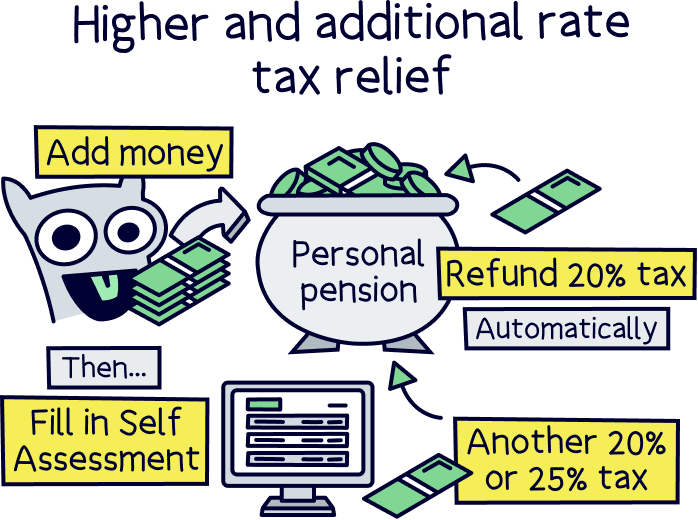
Your money will also grow tax-free, so it can grow much bigger over time. However, you might have to pay tax when you start withdrawing it, depending on your income at the time, but you’ll always be able to withdraw 25% completely tax-free.
Nuts About Money tip: You can estimate your total pension pot at retirement and your yearly retirement income with our pension calculator.
The thing that makes personal pensions really great is that you get to decide which pension provider (company) you want to use, so you can pick one that’s easy to use, has low fees and a great track record of growing pensions (such as PensionBee¹).

With a personal pension, you’re also able to transfer it to another provider whenever you like. Check out the best personal pensions for the full range of the top options.
Whereas, with a workplace pension, it’s all up to your employer – they’ll decide which pension provider to use (which often isn’t the best one for you), and you aren’t able to transfer your pension to another provider until you move jobs – at which point you can move your old workplace pension to a personal pension and benefit from using a great provider you choose.
A pension provider is a bit like a mobile phone contract, you don’t want to get stuck with a bad one if you can help it! And with a personal pension, you can shop around and find one you really like.
With all the great benefits, there are some limitations – although pretty hefty limits! You can only save as much as your total annual income (e.g. your salary) per year, or a maximum of £60,000, whichever is lower. This is called your annual allowance.
So, if your salary is £40,000 per year, you can pay in up to £40,000 per year in total across all of your pensions (so your workplace pension too if you have one). Quite a lot though right?
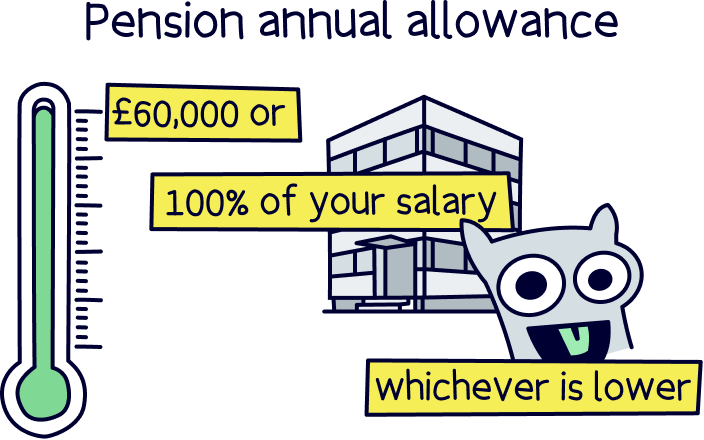
If you’re employed and have a pension with work, you’ll likely be familiar with workplace pensions (although you might not know they are called this).
By law, almost all employers have to arrange a pension for their employees as part of the government auto-enrolment process, which is where you will be automatically ‘opted in’ (get) to a pension scheme unless you opt out (say you don't want one) when you start a new job.
Workplace pensions do have great benefits, and the main one is that you get free money from your employer! When you pay in at least 5% of your annual salary, your employer has to pay 3% into your pension pot too. Pretty great right?
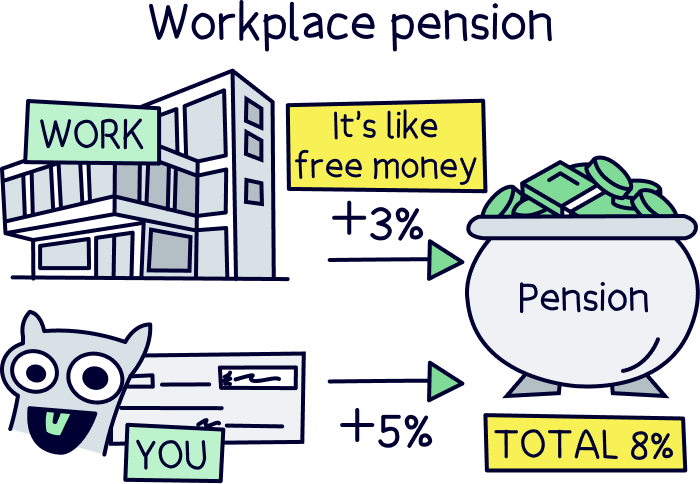
You also won’t pay any tax on any money you add to your pension, all the pension contributions (money) are taken from your pay and put directly into your pension pot before tax is taken from your salary. You might pay tax when it comes to withdrawing your money, it depends on your income at the time.
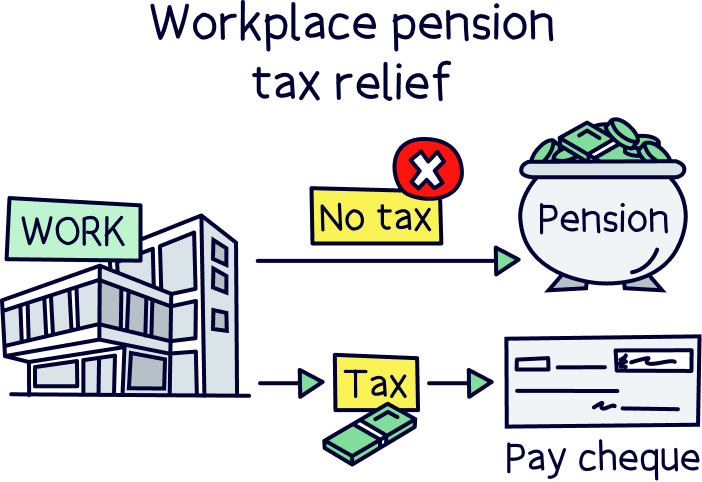
However, the downside is your employer chooses which pension provider to use, and often they just pick one so they can tick the box of providing their employees a pension, rather than spending time opting for the best one for you. You also can’t move your money to a new pension provider while you’re still working at the same job, so you could be stuck with a poor performing pension, with potentially high fees, for quite a while.
That’s why we often recommend people consider paying into a personal pension alongside a workplace pension…
You can benefit from the free 3% cash from your employer, and then take advantage of a personal pension if you want to save more than 5% (which you probably should).
This way, you’ll still benefit from tax-free saving, with a 25% government bonus on all your contributions into a personal pension, but also be able to pick a great pension provider – one that’s easy to use, has low fees, and a great record of growing pensions over time – and you can also move to a new provider whenever you like.
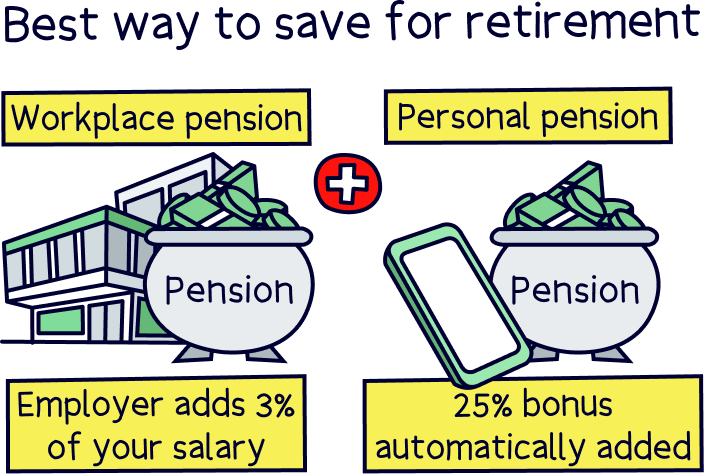
To see our top picks scroll up or click top picks for personal pensions, or check out the full range of the best pension providers.
The Government pension, called the State Pension (well technically the ‘new State Pension’), is what you’ll get from the Government when you reach State Pension age, which is currently 66 years old.
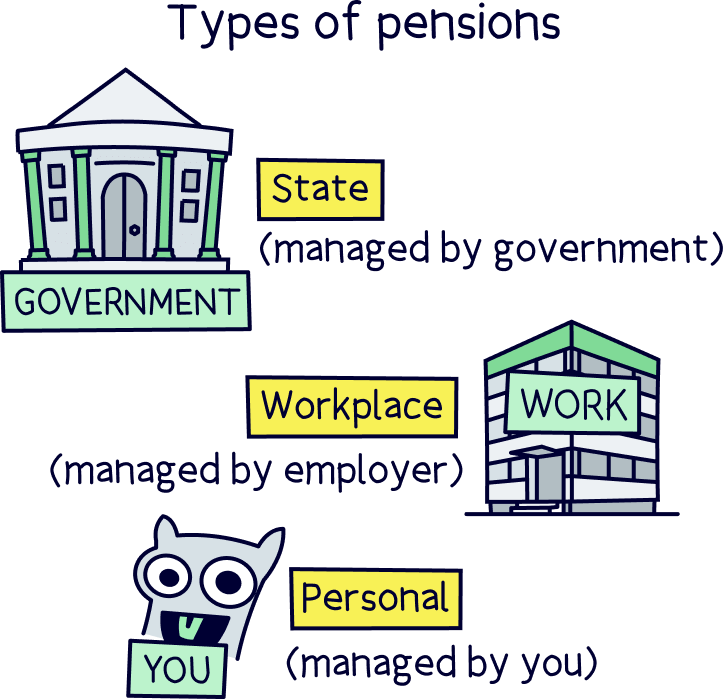
To qualify for the State Pension, you’ll need to have paid 35 years National Insurance contributions to get the full pension amount, or at least 10 years worth of contributions to get the minimum amount. Your National Insurance contributions are recorded on your National Insurance record.
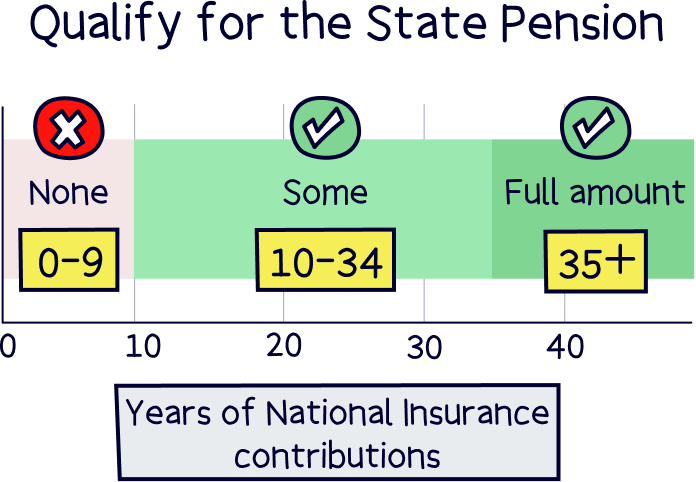
Currently, the full amount is £230.25 per week, so it’s unlikely this will be enough to cover your bills and expenses in retirement (it’s less than minimum wage). And that's where workplace pensions and personal pensions come in – you can save extra cash yourself while you're working, to build up a nice big pension pot to provide the income you’ll need in retirement.
Even if you can save just a little bit extra each month into your pension, it can build up over time into fairly significant sums – the key is to get started as soon as you can, and ideally make monthly payments (called pension contributions).
Nuts About Money tip: Check the age you'll get the State Pension with our State Pension age calculator.
Good question! Well, if you want to manage your own investments, rather than leaving it to the experts, that’s traditionally where a self-invested personal pension (SIPP) would come in.
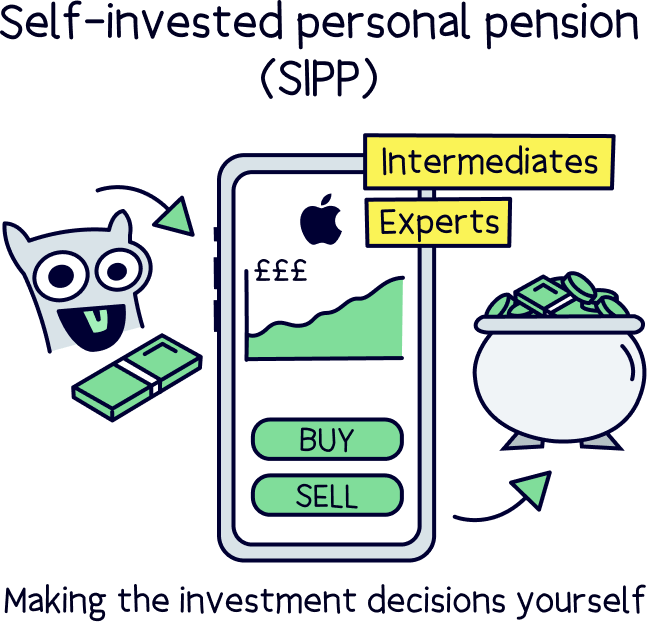
Traditionally, a SIPP allows you to invest in a huge range of investments, such as stocks and shares (representing the ownership of a company, you own a share of a company), investment funds (often a group of shares and other investments combined together) and bonds (loans to governments and large corporations).
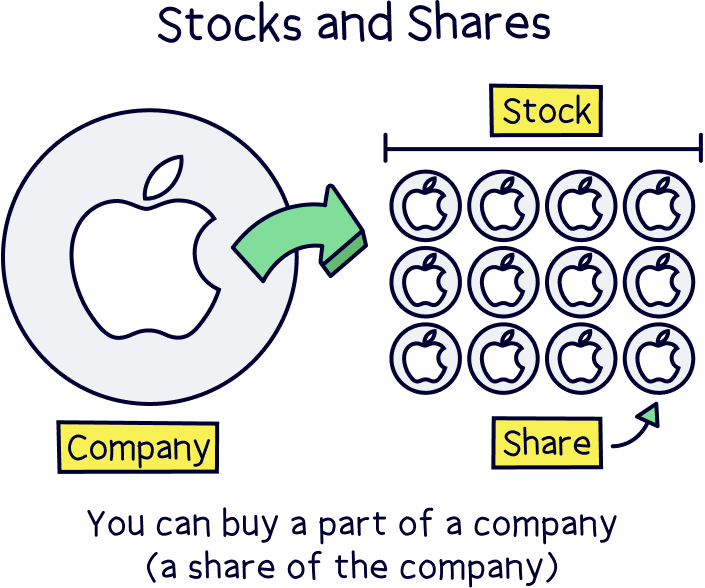
You’ll still get the 25% government bonus on all your contributions too (and claim back more if you’re a 40% or 45% taxpayer).
They’re often for more experienced investors, who are happy to manage their own investments. You can learn more about self-invested personal pensions with our guide to the best SIPPs.
Note: you can also opt for a ready-made portfolio with a SIPP, which is where the experts will manage the portfolio (the investments) for you and can usually benefit from lower fees.
To confuse things, these days, modern SIPPs are also designed for those who simply want to let the experts handle things – and the investment options are reduced to a few, easy to understand options, so everyone can make the most of their pension. Usually there's at least one ethical investment option (where there’s no fossil fuels).
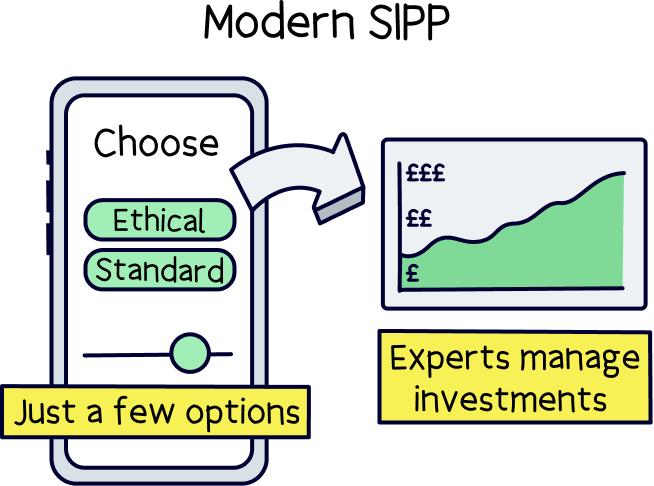
Examples of some modern SIPPs are our top recommendations above.
If you’re working for yourself, you'll be aware of the great benefits! Although that does mean it’s down to you to sort your own pension out. But don’t worry, it really can be super easy to get started.
Your only option is to open a personal pension, that’s where you’re in control, and can choose any provider and pension scheme you like!
You’ll still be able to save tax-free, just like employees with their workplace pension, as you’ll get a 25% bonus from the Government paid directly into your pension, to offset the tax you’ll pay on your income (and you can claim 40% and 45% tax back if you’d paid that too).
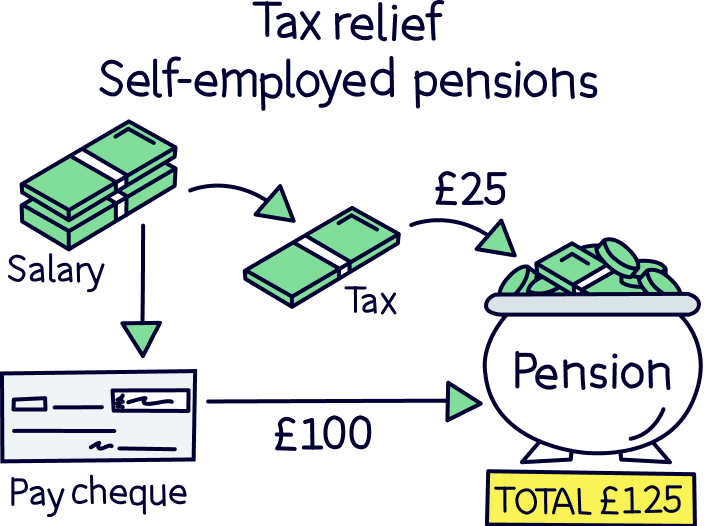
If you’re keen to learn more, we’ve got a guide to the best pensions for self-employed people, or if you’re just looking for the top option, check out PensionBee¹, where you can also pay in from a business account (if you have one).
Nuts About Money tip: To estimate your total pension pot at retirement and your yearly retirement income use our self-employed pension calculator.
By the way, you’ll still get the State Pension when you’re self-employed, as long as you pay your National Insurance contributions each year.
If you’ve already got a pension and nearing retirement, or perhaps just getting a few grey hairs and nearing 55 years old, and want to start withdrawing money from it (called pension drawdown), one of the best options for you is likely PensionBee… (feel free to skip this section if you aren't nearing 55 years old).
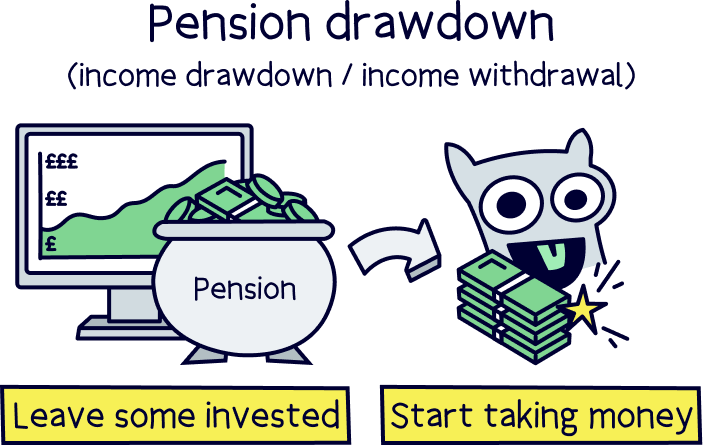
With PensionBee¹, you can start spending your retirement savings while still investing, so your money can keep growing. PensionBee has easy to understand pension drawdown options (plans), managed by experts, whilst still benefiting from their easy to use service, low fees and excellent customer service (a dedicated account manager).
If you prefer to make your own investment decisions, while still withdrawing from your pension (called self-invested personal pensions or SIPPs) check out the best SIPP providers.
Nuts About Money tip: if you’re keen to learn more about pension drawdown, here’s our guide to the best pension drawdown providers.
Right, convinced already? Let’s dive into how you can get yourself set up with a pension scheme – don’t worry, it’s easy.
First things first, pick your preferred pension scheme provider. If you haven’t got one in mind yet, head over to the best pension providers to find all the top options.
Next, sign up to your chosen pension provider. Normally this is filling out a form online, or on their app. As it's a pension, you'll be asked a fair few questions but they should be pretty straightforward.
With our recommended expert-managed pension providers, they’ll handle everything for you, and all you need to do is pick from a few pension plans, or pick their standard one if you’re not too concerned.
Note: a pension plan is where your money is actually invested, these can also be called a pension fund.
Each provider has a few different options, and normally, there’s an ethical investment option too – great for not putting more money in the fossil-fuel energy company’s back pocket! Your money will be invested in things that have a positive impact on the environment and people in the world.
All that’s left to do is add your money. It’s often a good idea to set up a monthly contribution if you can, your money will soon add up, and hopefully build up a nice big pension pot ready for a comfortable retirement.
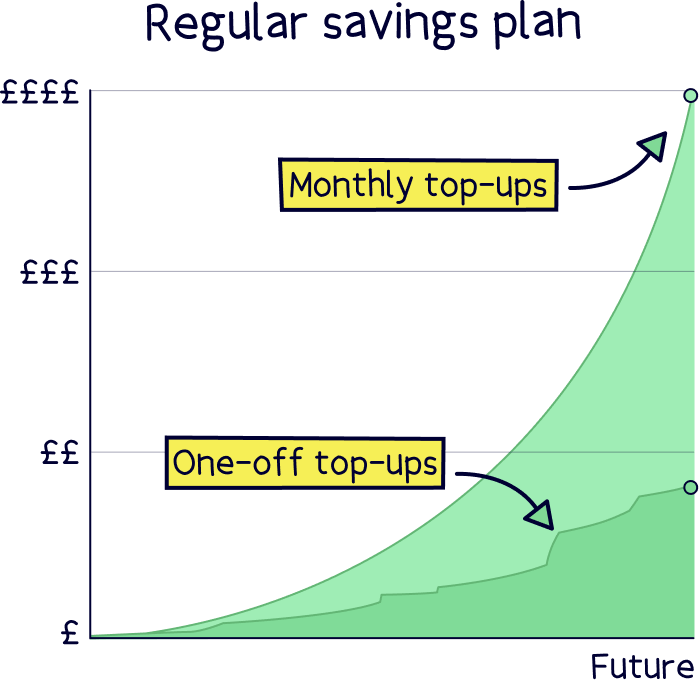
Your 25% government bonus will also be added to your pension pot automatically, everytime you add money. Pretty great right?
And that’s you all set. Keep up the regular pension contributions and a comfortable retirement is on the way.
You can also transfer any old pension pots you have to your shiny new pension if you want to (so any pensions that aren't with your current job, if you are employed). It’s often a good idea to do this, so there’s no chance you can forget about them when it comes time to retire (it seems crazy but it happens more often than you think).
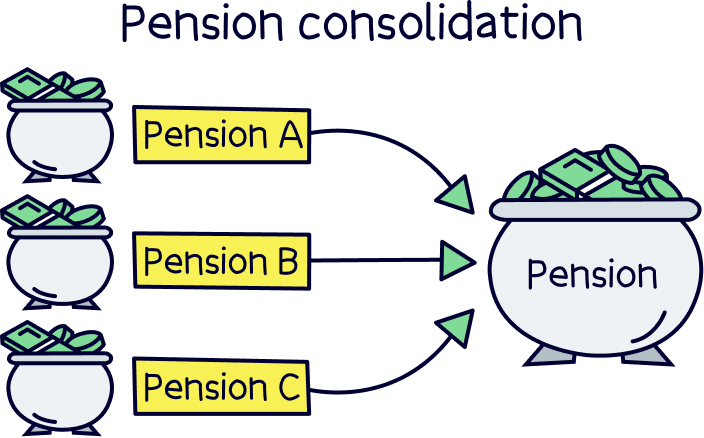
You can have all your pensions in one place, and potentially benefit from lower fees, and better performance over time.
To transfer your pensions, all you need to do is speak to your new pension provider, and they’ll handle all the paperwork for you – your money will simply turn up in your new pension pot after a few weeks.
Reminder: you can’t move your existing workplace pension, only pensions from your old jobs.
Getting a bit technical now, we’re talking about defined contribution pension schemes, which are where you add to it throughout your life, and it has a financial value represented as a pension pot.
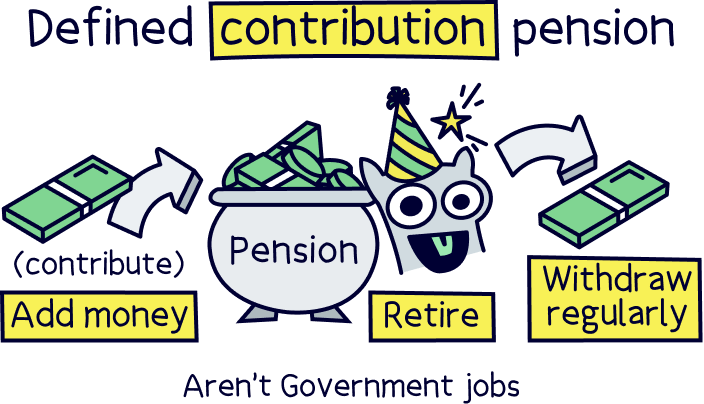
The alternative is a defined benefit pension scheme, which is a bit different. You’ll still pay in, but you might have a set income after you retire instead (possibly your final salary). These are common in government jobs and the NHS. You can transfer these, but you’ll need financial advice, as the benefits can often be quite valuable.
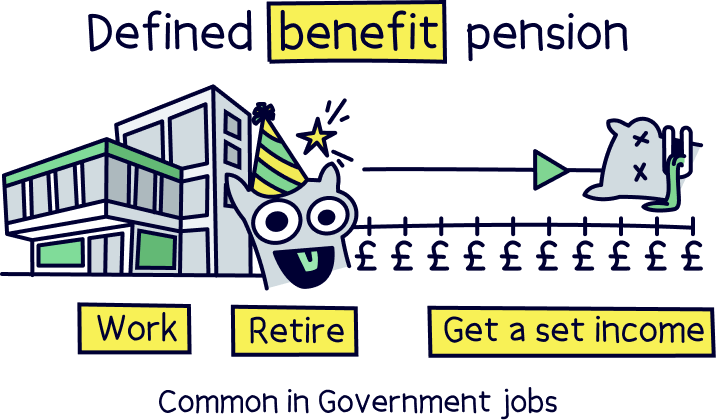
Thinking ahead? Or maybe retirement is coming soon (eek!). From age 55 (57 from 2028), you can access your money within a private pension (that’s a personal pension or workplace pension).
When you do decide to withdraw it, 25% will be completely tax-free, and you can take this as a tax-free lump sum if you like. You don’t have to withdraw your pension all in one go.
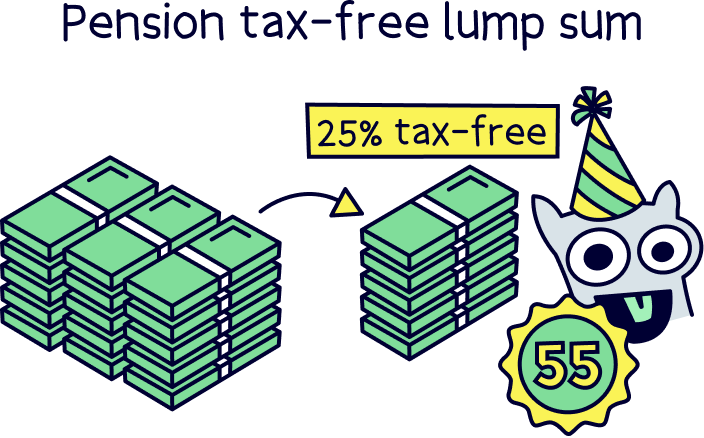
With the remaining 75%, you might have to pay tax, it all depends on your income at the time – your pension income acts just the same as your salary now.
Here’s our guide to tax and pensions if you’re interested in learning more.
When you do retire, you don’t actually have to take it all out either, you have two options, you could keep it invested, so it keeps growing, and simply withdraw money as and when you need it (e.g. monthly), this is called drawdown – and you’ll need to use a specific provider (here’s the best pension drawdown providers).
Or, you could buy an annuity, which gives you a set income every month, either for the rest of your life, or a set period of time (such as 20 years). To learn more about that, here's our guide to annuity vs drawdown.
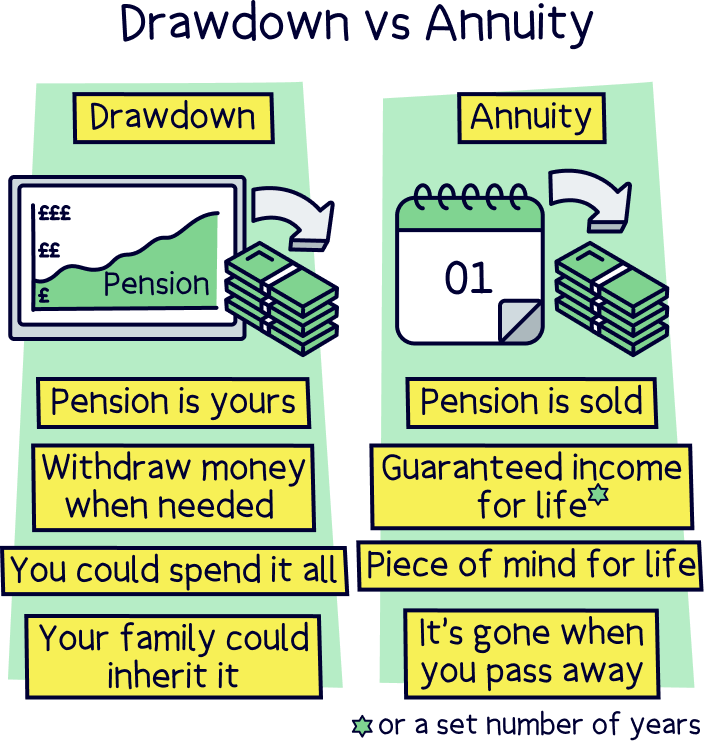
If you’re thinking about making any decisions soon, it’s often a good idea to talk to a financial advisor, who can run through all your options.
A sad topic, however, the good thing about private pensions is that it’s all your cash (rather than the Government’s), and uniquely, with pensions, you decide who you want to receive your pension after you pass away.
Your pension doesn’t count towards your ‘estate’, which is all of your money and assets (like property) added up, and often included as part of your will. Your estate is included for Inheritance Tax reasons, which is a tax you might pay if the value of your estate is over £325,000 (it’s 40% tax above that).
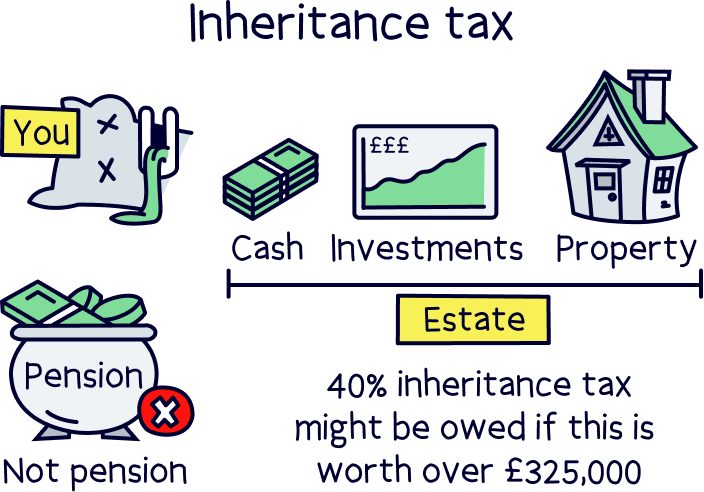
That’s the simple version anyway, it can get quite complicated so we won’t go through the details of Inheritance Tax now.
With your pension, you can choose to give it to whoever you like, completely separate from your estate. This would be called your beneficiary. If you don’t, it will likely just be passed to your family.
The benefit here is that if you sadly pass away under the age of 75, they won’t have to pay any tax at all. If you’re over 75, when they withdraw from your pension, it will count as income, and Income Tax will have to be paid (the amount they pay will depend on their total income at the time).
Yep. Using any type of pension scheme that’s been authorised by the Financial Conduct Authority (FCA) is safe to use – that means they’ve been reviewed and approved to look after your money and pension.
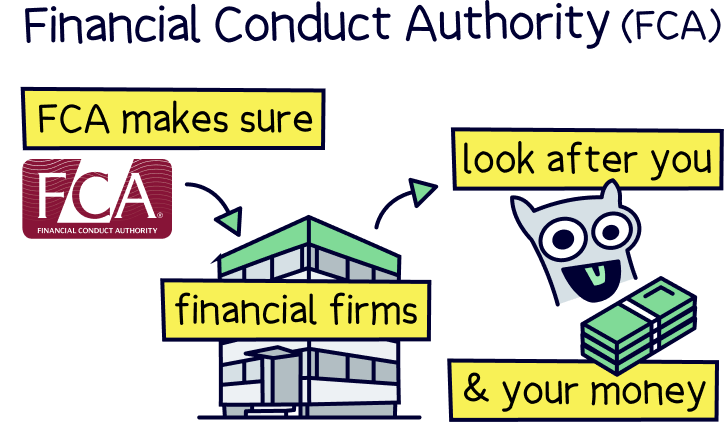
That also means your money is protected by the Financial Services Compensation Scheme (FSCS), which means if the pension provider were holding any of your cash before being invested, this would be compensated by up to £85,000.
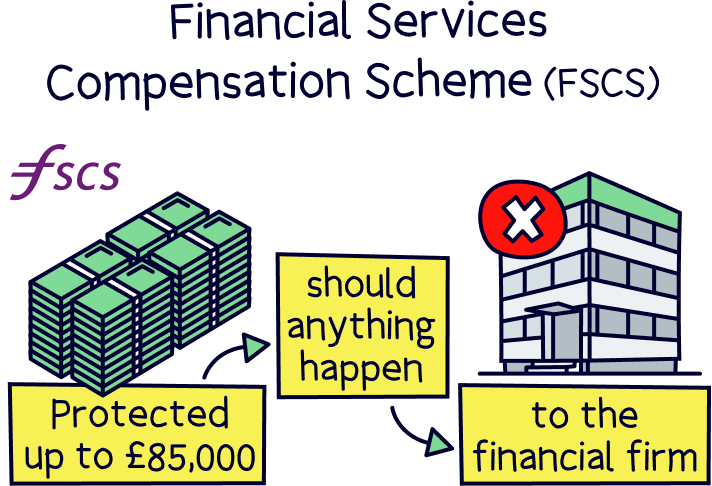
The money and investments within your pension itself are held with large banks or financial institutions, all in your name, and can only be returned to you should anything happen to your pension provider, such as going out of business.
For workplace pensions, there’s also The Pensions Regulator, who makes sure workplace pension schemes are looking after your money.
However, that doesn’t mean the investments can’t go down in value, especially in the short-term, although over time, and with a sensible investment strategy (such as one managed by experts), you could expect your money to increase significantly over time.
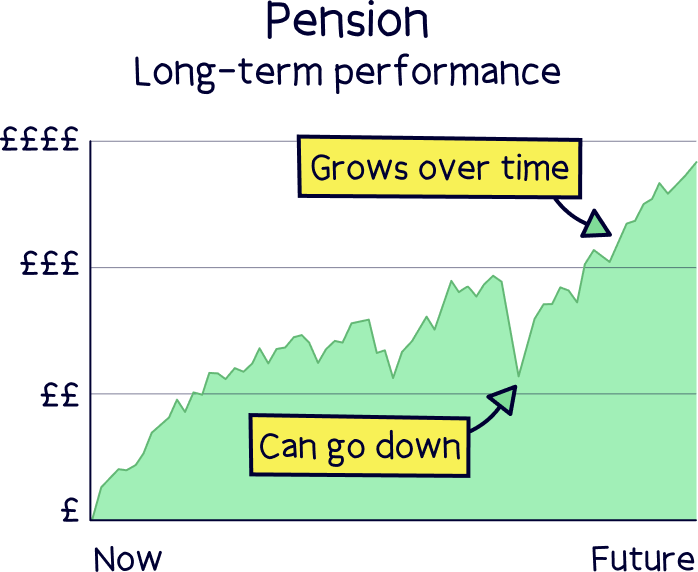
There we have it, the best pension schemes in the UK. All that’s left for you to do is get started! The sooner you start saving, the bigger your pension pot will be in the future, and hopefully provide a nice big retirement income.
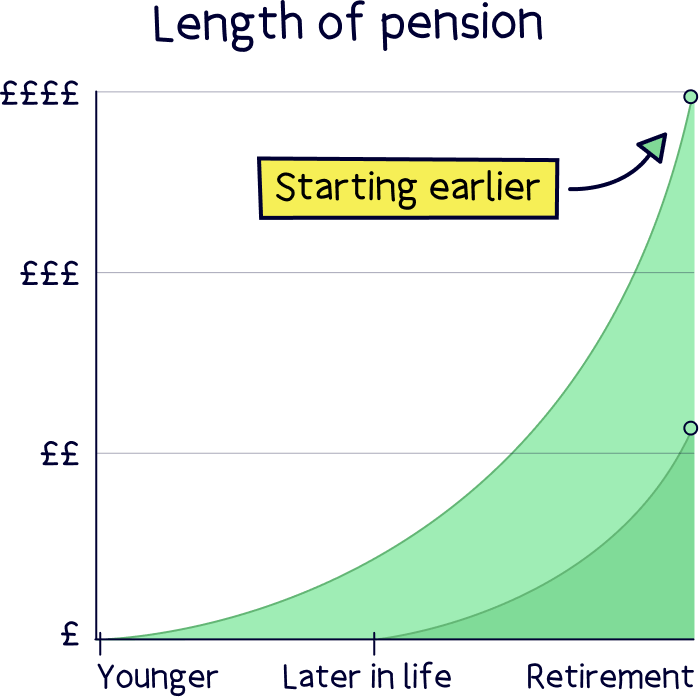
We’ve covered the best personal pension schemes, which are pensions you can set up yourself, decide how much you want to save, and have full control over which pension provider you want to use. That means you can pick one that’s easy to use, low cost and with a great track record of growing money over time.
Our top pick for a pensions scheme managed by experts is PensionBee¹, for all those reasons. You’ll also get £50 added to your pension for free if you sign up With Nuts About Money.
If you want to keep all your savings in one place, for instance, an ISA for short-term goals and a pension for retirement, check out Beach¹.
If you’re looking to make your own investments within a pension, check out the best SIPP providers.
We recommend PensionBee, it’s easy to set up and use, low cost, with simple, easy to understand pension plans.
We’d love to hear from you, and it will help others too.
We recommend PensionBee, it’s easy to set up and use, low cost, with simple, easy to understand pension plans.